The maths is simple. Frankfurt and its biennial motor show lie 501 miles from Autocar Towers in Twickenham, according to Google Maps. This Jaguar I-Pace, Autocar’s long-term test car, has an official range of 298 miles. So you can work out for yourself how many re-charge stops might be needed – in theory – to get to Frankfurt. But we’re more interested in how such a road trip for one of the new breed of long-range electric cars like the I-Pace will pan out in practice.
What makes the journey a feasible proposition this year is the growing number of fast-charging stations that promise to reload the I-Pace’s 90kWh battery in under an hour. We are going to use exclusively the fast-charger network run by Ionity, newly established by car makers as their version of Tesla’s Supercharger network and intended to facilitate exactly what Autocar is attempting: a cross-Continent journey by battery-electric vehicle (BEV).
Planning the journey is a challenge in itself. Ionity’s chargers are placed around 85 to 100 miles apart and, given that the I-Pace’s real-world range appears to be 200 miles, it’s a tricky balance to decide how far to push the stops.

In the planning stage, I opt for a conservative strategy of nine fast-charge stops in total for a round trip of around 1000 miles. But during the journey itself, I’m left wishing we could drop a couple of stops to speed up progress.
More experience of driving the I-Pace in the UK would have given me the confidence to push the stops, but there are a few unknowns about range, plus an unmovable deadline to attend a press conference in Frankfurt set by news editor Lawrence Allan, so a stranding is out of the question.
We also don’t know how the Ionity fast-charge hardware and I-Pace on-board electronics will work together. Will the battery be able to take a 100% charge in a sensible time?
Good news at the first Ionity charge-up on the M20 services at Maidstone. All goes well with the charger technology, which works smoothly after the New Motion RFID card unlocks the pump and electrons flow at a rate of just under 1kWh per minute. I pump in 36kWh in 48 minutes and then head towards Belgium with a 187-mile range, enough for a 60-mile buffer, and a confident feeling about the drive to Shell Wetteren. The sole glitch is locating the chargers inside the service area because there are no signs. This emerges as an ongoing challenge: none of the five charging areas I use has signs. It doesn’t matter at some because they can be seen easily, but at others, it’s a matter of driving around hoping to find them.
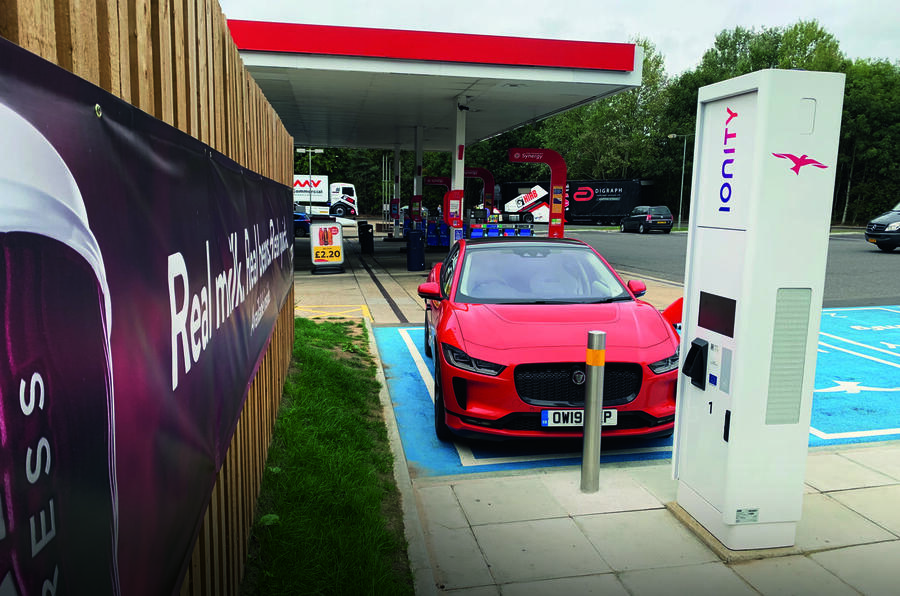
Exiting the Chunnel, I feel a sense of relief that the Continental part of the journey can start in earnest and the I-Pace settles into the traffic at around 70-80mph, giving us a chance to absorb how brilliant a cruiser it is. The seats are really comfortable, the ride is supple yet planted and progress is super-quiet, with only the gentle rush of air over the body and a little tyre noise audible. It definitely feels like a luxury car.
I arrive at Shell Wetteren with 50 miles of range and 25% battery, more confirmation that 200 miles is the real-world range to plan around.
After six hours on the go, I decide on a longer stop than is maybe ideal for rapid progress. So with a relaxed 55-minute charge, the I-Pace gets 57kWh of charge and a 93% battery: 190 miles of range.
At this point – 4pm on Sunday with another fast-charge in the schedule – I wish that my overnight stop in Liège, 92 miles away, had ‘destination charging’ for a slow overnight top-up. Instead, I must stop on the outskirts of Liège to take sufficient range for the 106-mile drive on Monday morning to my first charge-up in Germany.

My mood sinks as I arrive at Ionity’s Bierset site near Liège airport. Located at a truck stop, the shop/toilet block is shut, the chargers are located on the truck side of the parking area and it feels unfriendly and desolate. The smell of the drains is also overpowering.
I’m grateful the technology once more works smoothly, but putting myself in the mindset of the owner of an £80k cutting-edge BEV, I think I’d avoid this site in future. Unfortunately, I’m committed to using it on my return journey.
Well rested overnight, I’m on the road by 7am on Monday, day two, with that immovable deadline of the press conference at 1.30pm.
The I-Pace and Ionity charging network are now real business tools. Driving conditions are much more serious, too, with the autobahn packed with cars and trucks single-mindedly heading to their destinations.
Heavy rush-hour traffic around Cologne puts me behind schedule and not for the first time do I curse the I-Pace’s slow-witted sat-nav as I struggle to locate Ionity’s Bad Honnef charging station, approached via a loop of local roads and tricky junctions, well away from the A9 autobahn south of Bonn.
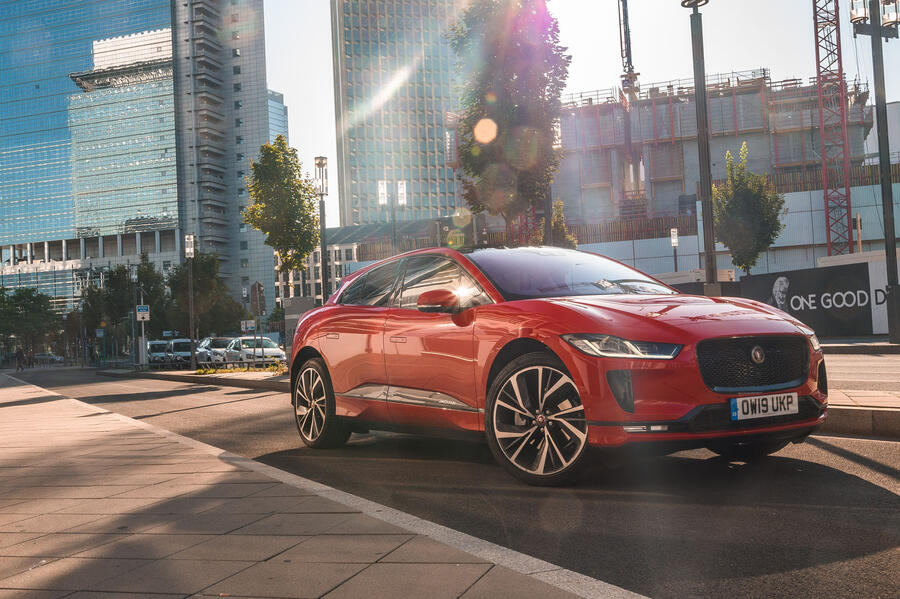
Again, the charger works a treat and the I-Pace drinks up the charge. This is a long stop as I take on 44kWh because my Frankfurt hotel has no destination charging so my return to the UK has to start with charge already picked up in Bad Honnef.
The discrepancy between charging rates at different locations also comes into focus: Wetteren was a 55-minute charge for 57kWh; Bad Honnef is 51 minutes for 44kWh.
We arrive at Frankfurt, and with work at the show out of the way, the next task is a photo shoot with Autocar snapper Olgun Kordal. This reduces the car’s range to 57 miles, with 44 miles to the first Ionity fast-charger on the return leg to the UK.
I probably shouldn’t be concerned and should trust in the technology, but I can’t shake the range anxiety. Economy driving mode is selected alongside 80km/h (50mph) on the cruise control to preserve range. This works and I roll into Bingen services in euphoric mood – with 25 miles still in the battery!

I’m learning lessons about cross-continent BEV driving. It may well be better to roll at a slower pace and save time otherwise taken up by charging. I just need an in-car app to do the maths for me.
The drive across Germany now takes on a sweet rhythm. I’m on a northwesterly route home through the Eifel mountains, traffic is light and the speeds are good. On one derestricted and gently downhill section, there’s even a chance to max the I-Pace at an indicated 129mph, 4mph above the official top speed.
Obviously, charge depletes at a faster rate, but there’s no ill effect on the three-stop strategy as I arrive in Ghent for a final overnight stop.
A pleasant surprise comes in the shape of an unused 7kW charger in the hotel car park, so I grab a chance to ‘destination charge’, urged on by the hotelier, who is an electric car enthusiast, and top up the range to a full 200 miles for the run back to London, where I arrive at lunchtime on Thursday.
In many ways, this trip was so very remarkable. Just two years ago, it would have been impractical. Yet the speed at which Ionity has set up its network now makes it a reality and the charging hardware worked 100% reliably for me.
The cost was low, too. At €8 per charge, total energy costs were £64 for 1064 miles. A 50mpg diesel car would have cost twice that. Time is a concern, though. Seven hours were taken up by charging, but smarter planning might reduce that.

Better signage would enhance ease of use and fewer truck stop locations would improve the experience. There’s also work to be done on intervals between chargers and I reckon at least two fewer stops would have been possible given a wider choice of locations. A long-haul trip like this would also be much more relaxing with guaranteed destination charging because that would have eliminated another two stops.
But the biggest improvement in the future will be integrating in-car sat-nav with on-board range data and charger location finding to make planning the trip and responding on route to battery charge levels much easier.
Right now, cross-Continental motoring is here and doable with the Ionity network. For Autocar readers who haven’t attempted such a trip, it’s a new challenge that’s worth accepting.

TRACING IONITY'S ROOTS
Ionity is a joint venture between the BMW Group, Daimler, Ford, the Volkswagen Group and latest member Hyundai-Kia. Formed in October 2017, it is about one-third of the way towards its target of opening 400 fast-charging locations, capable of up to 350kW output, across Europe by next year. Fifty locations are planned for the UK, with fast-charging sites in Maidstone and Gretna Green now operational.
Today, each session costs €8 on the Continent and £8 in the UK – you can pay directly via your smartphone throughout Europe – but pence-per-kWh charging is coming, probably in the next six months.
Read more
Jaguar I-Pace 2019 long-term review
Electric SUV megatest: Mercedes EQC vs luxury rival​s
800 miles in a week in an electric car: 12 things I learned



















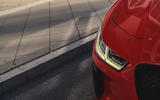




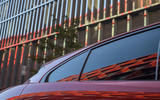



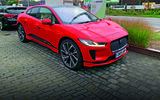


Join the debate
Add your comment
Well done, but i disagree
Hi i've a Jaguar i-pace since september 2018 and i've driven about 30.000 km.
Based on that, i can tell you somethig based on my truly experience:
1. the jaguar i-pace is able to do more than 300 km per charge in Higway, so in an 1000 miles challenge, u can plan less stops than planned and you can charge till 90%, or u simply waste time.
2. the navigation system doesn't work very well, u right but is it worse the autonomy calculation computer, too much conservative; do not look at that;
3. to do my trips i use an experimental app, named Power Cruise Control, that manage very well the i-pace energy, and is able to let you forgot the range anxiety, trust me. if anyone want do know something more about that pls contact me. I've also done some video comparison between the i-pace navigation system and PCC and you can see clearly the difference. I've done a 1000 km challege with my i-pace and i can tell u that u can easily cut a 30% of the total trip's time by using this app instead of the i-pace navigation system.
Conclusion: THE I-PACE can go better than the same i-pace computer can tell u
This confirms that Tesla is
This confirms that Tesla is the EV for the job. Forget I-Pace
FRI2 wrote:
No it actually confirms that there is still no substitue for fossil fuels when driving great distances, Clarkson drove over a 1000 miles in an old Diesel XJ without having to fill up or drive like Miss Daisy and that was over 10 years ago.
Frankfurt or Busted
Everyone knows that the faster you drive, the more fuel you use.
Why sit on a motor way at 70-80 mph, when 60-65 would increase your range and use less stops for charging?
More speed... Less Haste.
I drive all over Europe and I'm never late to my destination because I use my sense and drive accordingly.